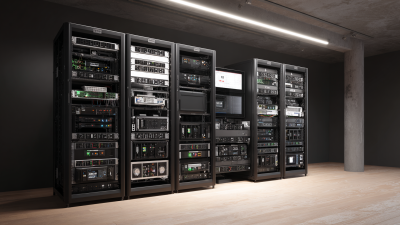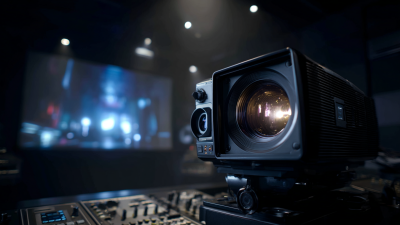Choosing the right Planetarium Dome for educational purposes is crucial for enhancing the learning experience in fields such as astronomy, science, and technology. As the planetarium industry continues to evolve, recent reports indicate a significant increase in the demand for immersive educational tools, with the global planetarium market projected to reach approximately $180 million by 2025, growing at a CAGR of 6.5%. A well-chosen Planetarium Dome can transform a conventional learning environment into an interactive universe, inspiring students and engaging audiences in innovative ways. Understanding the various types of domes, their features, and the specific needs of your educational institution is essential for making an informed decision. As educators seek to leverage technology for effective teaching, selecting the perfect Planetarium Dome can play a pivotal role in facilitating astronomical exploration and understanding.
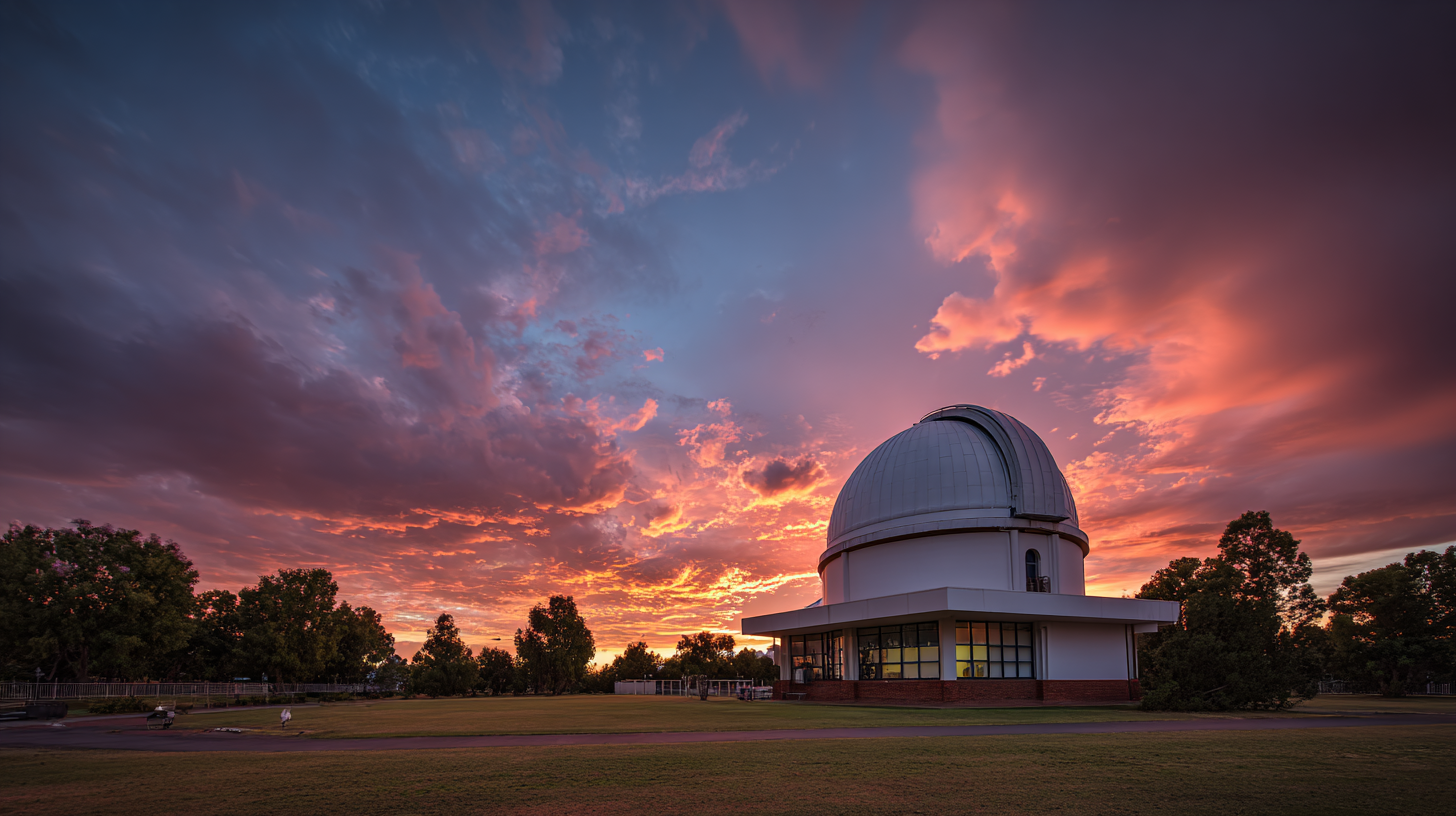
When selecting a planetarium dome tailored to your educational goals, it's crucial to first identify those specific objectives. Consider the age group and educational background of your audience; for younger students, a dome that offers engaging, interactive content is essential. A more advanced curriculum may benefit from a dome capable of presenting detailed astronomical simulations and complex concepts. By aligning the dome's capabilities with your educational targets, you can ensure a more effective learning environment.
Another important factor is the integration of technology and content. Determine whether you require a system that allows for live presentations or one that primarily showcases pre-recorded programs. The flexibility to customize visuals and narratives will enhance the educational experience, making complex topics more accessible. Additionally, consider the potential for collaboration with local schools or educational institutions, as this can enrich the learning experience and make the dome a valuable resource within the community. By focusing on these aspects, you can choose a planetarium dome that truly meets your educational needs.
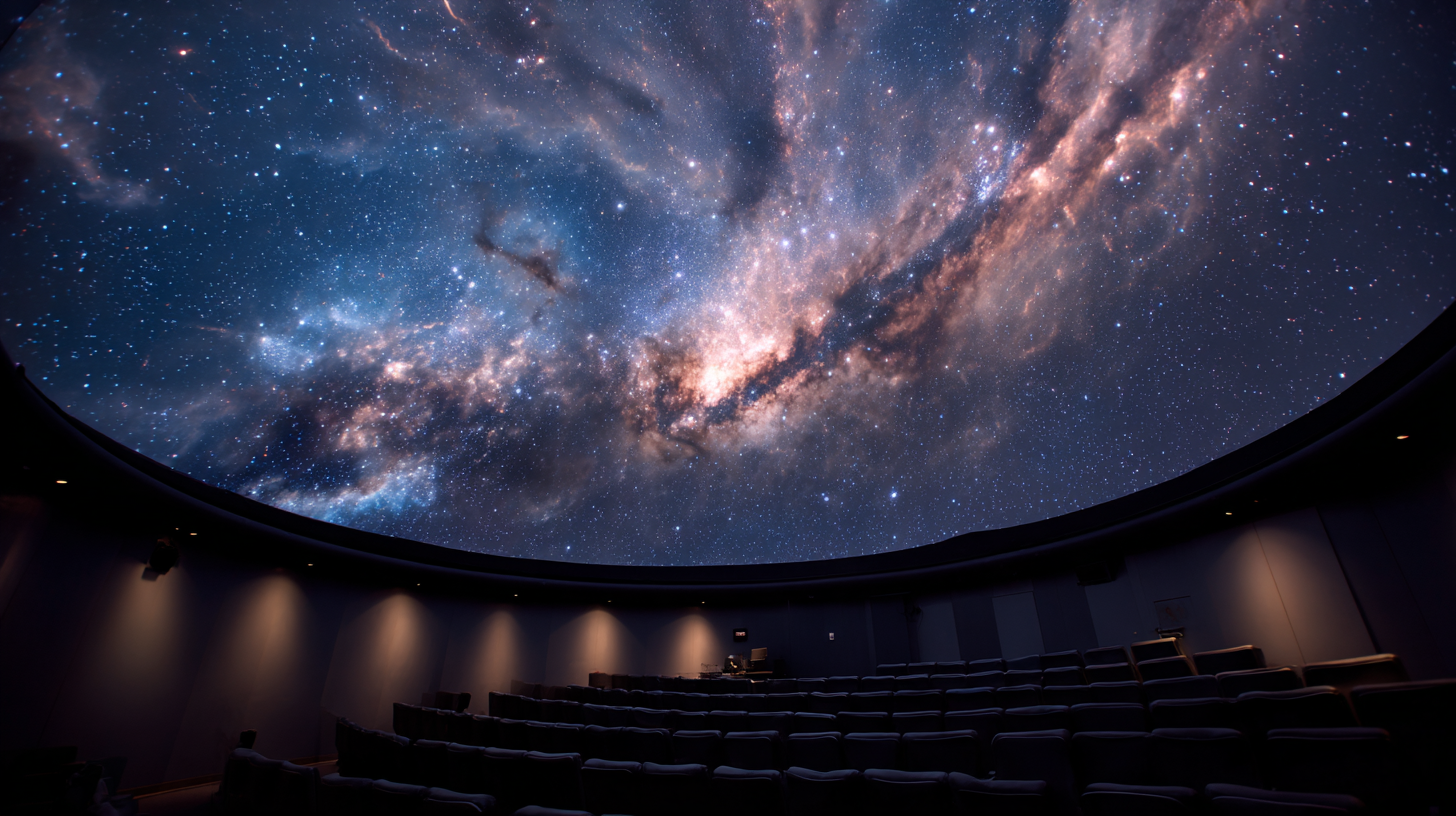
When selecting a planetarium dome for educational purposes, there are several key features to consider that can greatly enhance the learning experience. Firstly, the size of the dome is crucial; it should accommodate the intended audience comfortably while providing an immersive experience. A larger dome allows for more expansive visuals and can host larger groups, but one must also consider the available space and safety regulations.
Next, the projection system is another vital component. High-quality projectors can deliver clearer images and vibrant colors, making the celestial content more engaging for students. Additionally, the compatibility of the projection system with various software platforms is important, as it ensures that educators can utilize a diverse array of educational materials. Lastly, the ease of setup and portability should not be overlooked, especially for institutions that may wish to relocate their dome or utilize it in multiple settings. Balancing these features will help in making an informed decision when choosing the right planetarium dome for educational needs.
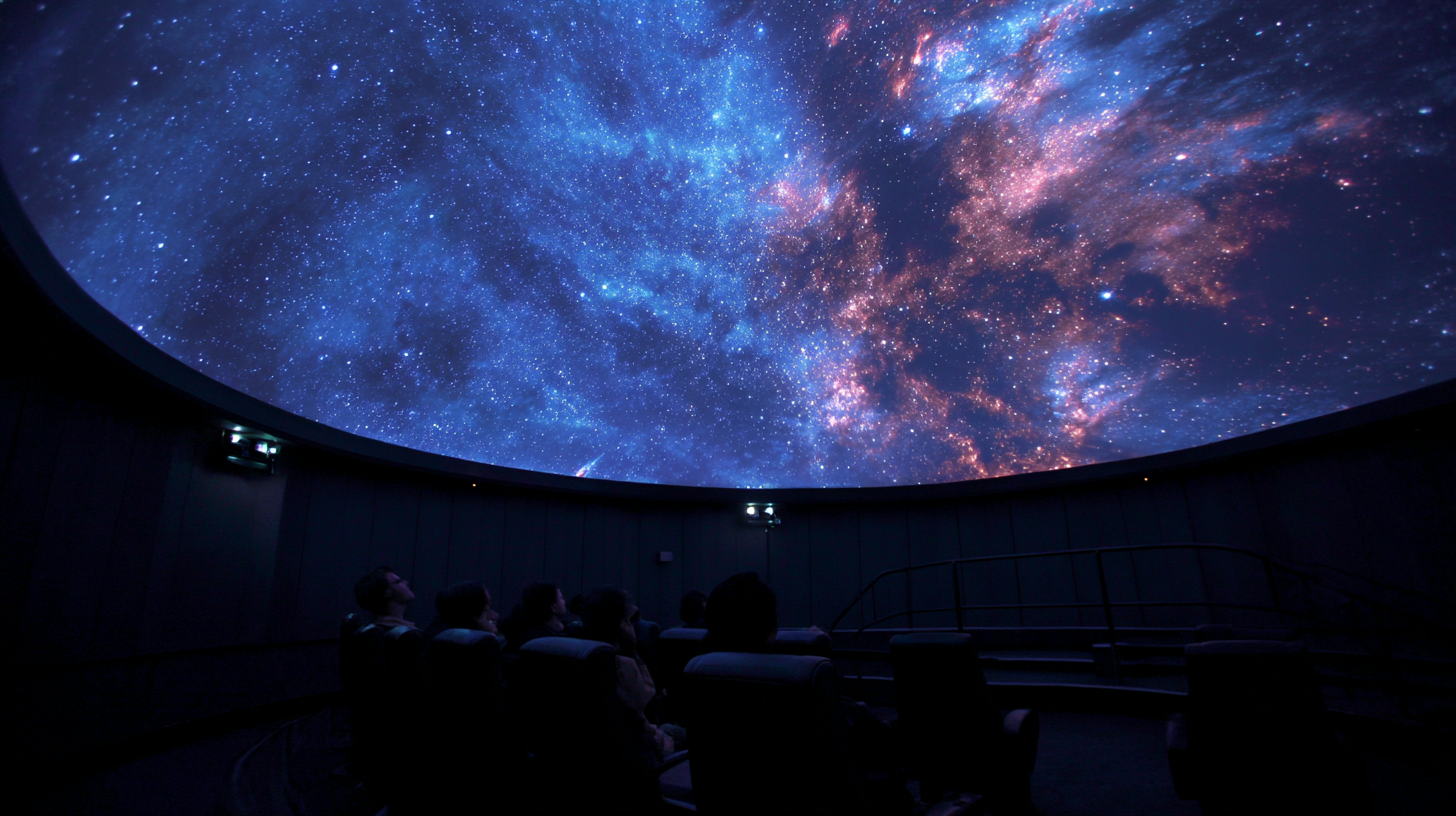
When selecting a planetarium dome for educational purposes, evaluating different sizes and shapes is crucial to ensure it meets specific learning objectives and spatial needs. Larger domes can accommodate more viewers and offer an immersive experience, making them ideal for community events or school assemblies. Conversely, smaller domes might be better suited for intimate classroom settings where focused, interactive learning can take place. The shape of the dome also plays a significant role; cylindrical or hemispherical structures can affect the projection quality and the overall experience.
Furthermore, just as safety considerations are essential when planning fieldwork on active volcanoes, similar evaluations are necessary for planetarium dome installations. Assessing the spatial layout of the dome, potential hazards, and the comfort of participants is vital in creating a safe educational environment. Proper training and equipment must be considered to facilitate not just visible engagement but also to minimize risks associated with large gatherings and equipment operation. Balancing the educational value and safety is key in making an informed choice when selecting the right planetarium dome for your needs.
| Dome Size | Diameter (Feet) | Seating Capacity | Shape | Best Use Case |
|---|---|---|---|---|
| Small Dome | 20 | 30 | Half-Dome | Classroom Activities |
| Medium Dome | 30 | 60 | Full-Dome | School Presentations |
| Large Dome | 40 | 120 | Full-Dome | Public Events |
| Extra Large Dome | 50 | 200 | Cylindrical | Planetarium Shows |
When considering investing in a planetarium dome, budgeting is crucial to ensure that the educational benefits are maximized without overspending. According to the International Planetarium Society, the average cost of a full dome system can range between $50,000 and $500,000, depending on the size, technology, and features included. For many educational institutions, securing funding is essential, and various options are available. Grants from local governments, educational foundations, and even corporate sponsorships can help alleviate initial costs. For instance, the National Science Foundation often provides funding for projects that promote science education, which can extend to planetarium systems.
In addition to grants, schools and museums may consider innovative funding methods such as crowdfunding or community partnerships. Recent industry reports indicate that educational technology initiatives that engage community stakeholders have seen funding increases of up to 30%. Establishing a clear budget that outlines not only the initial purchase but also ongoing maintenance and operational costs will attract potential investors. By leveraging multiple funding streams and being transparent about financial needs, educational institutions can successfully implement a planetarium dome that enriches the learning experience while staying within their financial means.
When selecting the ideal planetarium dome for educational purposes, the integration of technology and software is paramount to ensure optimal learning experiences. Advanced projection systems and immersive sound technologies can transform ordinary lessons into captivating explorations of the universe. Choosing a dome that supports the latest software advancements can provide educators with tools to create interactive simulations, allowing students to explore celestial events or planetary systems in real time.
Here are some tips for maximizing your planetarium experience through technology: First, opt for a dome that is compatible with leading software platforms, such as digital planetarium programs that offer dynamic content updates and extensive libraries. Second, consider the capability of the dome to integrate augmented and virtual reality features; these technologies can enrich engagement and provide an interactive learning environment. Lastly, ensure that the dome's projection system can support high-definition visuals, as clarity and brightness are crucial for an immersive educational experience. By paying attention to these technological aspects, educators can enhance their curriculum and inspire a deeper interest in astronomy and science.
This chart illustrates the integration of various technologies in planetarium domes to enhance educational experiences. It highlights the percentage of different technologies being utilized in educational settings, showcasing the importance of each for optimal learning.

